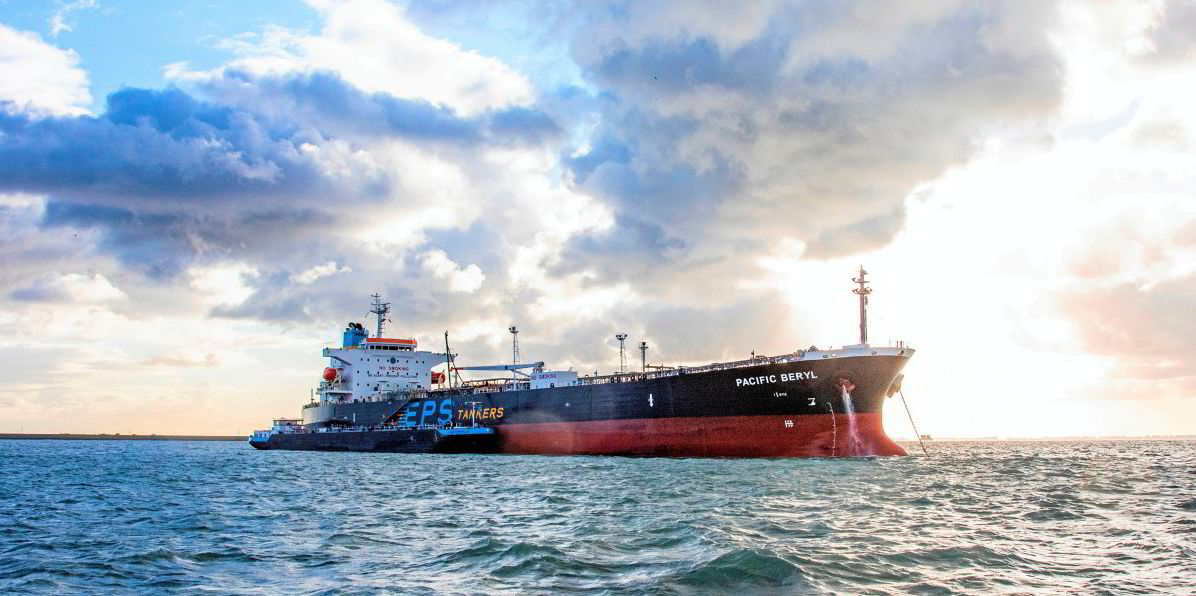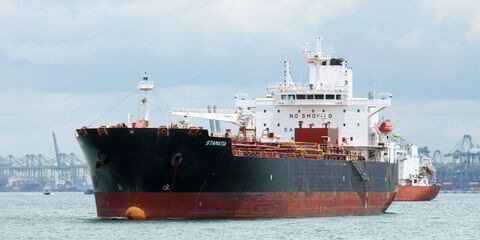Tanker fleet growth shrank to its lowest level in three years in 2021 to just 2%, according to full-year data from a top shipbroker.
“In 2021 tanker fleet deliveries were almost 26m dwt, with demolitions reaching 12.8m dwt, pushing net fleet growth to 2%, the lowest levels seen since 2018,” said Galbraiths.
The shipbroker said this level of growth and strong demolitions did not come as a surprise in an environment of low freight earnings and sluggish crude oil demand.
Comparatively, Galbraiths said 2021 saw stronger deliveries than the previous year, with 200 vessels delivered across the tanker sectors for tonnages bigger than 25,000-dwt.
“The segment that brought the most difference to overall numbers is aframax/LR2, which saw 51 units delivered this year as compared to 19 units delivered throughout 2020,” the shipbroker said.
“LR2 deliveries were particularly strong with 34 units delivered, which is amongst the highest deliveries seen in the past decade.”
VLCC and suezmax deliveries in 2021 were said to be around the levels similar to 2020 and far below the levels seen for the sectors in 2019 and 2018 respectively.
The MR sector continued strong delivery levels that started with a bounce back since 2019, ending with 80 units being delivered in 2021, Galbraiths said.
In contrast the handysize sector saw only 12 units delivered in 2021 compared to 27 units delivered to the fleet in 2020.
“This is the second lowest deliveries for the sector in the last couple of decades, with only 2013 recording 10 units delivered,” the shipbroker added.
Galbraiths said 2022 scheduled deliveries are expected to be stronger, particularly among larger tanker segments, with 241 units scheduled to be delivered.
“It is important to note that deliveries for this year, although strong, are expected to be lower than 2016, 2017 and 2019 when deliveries were comfortably above the 250 units mark,” it said.

Not all segments are expected to grow at the same pace as expected, with VLCC and suezmax segments having 47 and 36 units due for delivery this year, against 35 and 20 respectively handed over in 2021.
After a strong 2021, Galbraiths said aframax/LR2 deliveries are expected to soften this year, mainly because of lower LR2 scheduled deliveries of just 20 units.
“MRs are expected to continue a similar level of deliveries as seen in the last three years with 77 units scheduled for delivery this year,” the shipbroker said.
“Handy tanker segment deliveries are expected to bounce back heavily with 34 units currently scheduled for delivery for this year.”
Galbraiths said last year's demolitions were “much stronger than the demolition seen in 2020”, which it said was to be expected considering overall earnings level differences between the two years.
The demolitions were strongest with aframax/LR2, MR and handy segments leading the way.
“Despite stronger demolitions throughout 2021, demolitions did not quite live up to early year expectations, given the very challenging market and strong demolition prices,” Galbraiths said.
The shipbroker said demolitions are expected to be stronger this year, as demand recovery still has some time to go, stronger deliveries are expected across the segments, particularly among larger fleets, while the cost of upcoming regulatory changes are expected to push vessels towards recycling yards.
“In the VLCC segment, the number of vessels expected to be turning 15 is expected to jump from 18 to 29 units,” Galbraiths said.
“Similarly, aframax, LR1 and MR segments are expected to have higher number of vessels turning 15 years of age this year which widens pool of potential demolition candidates this year.”





